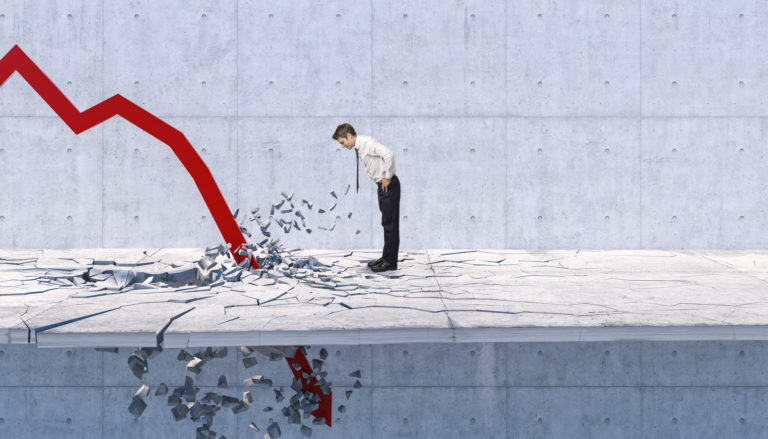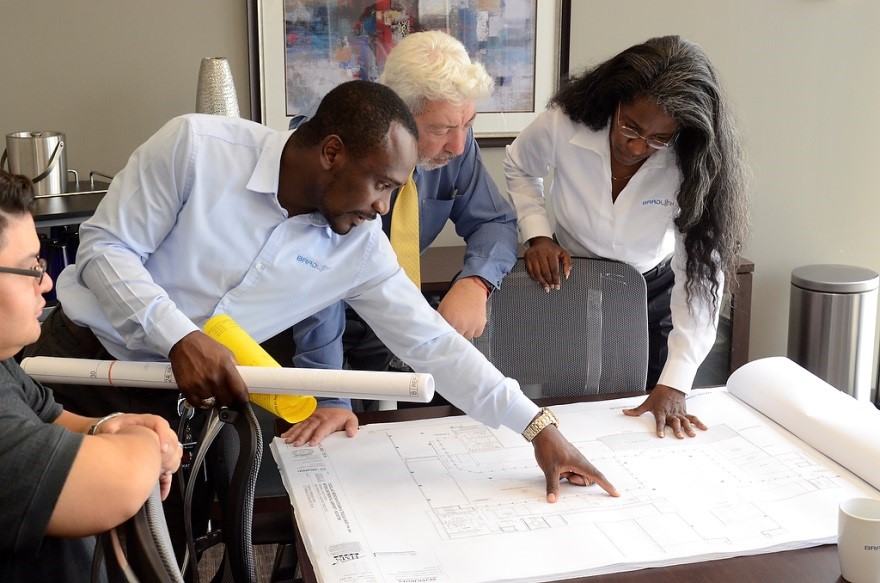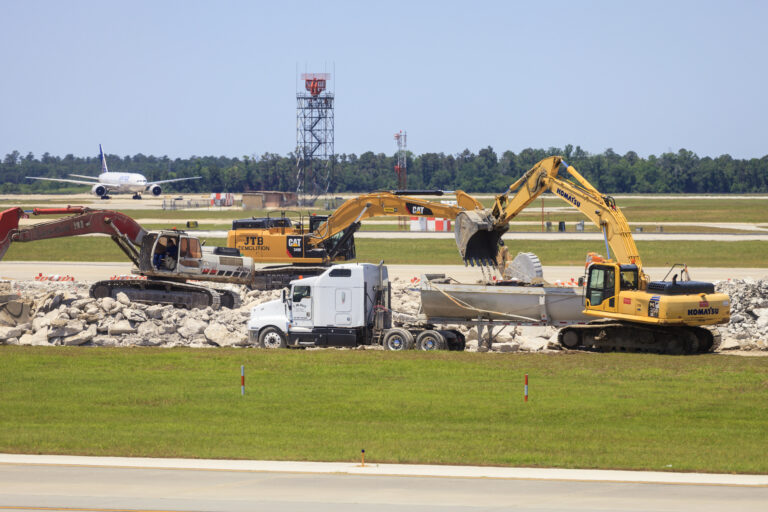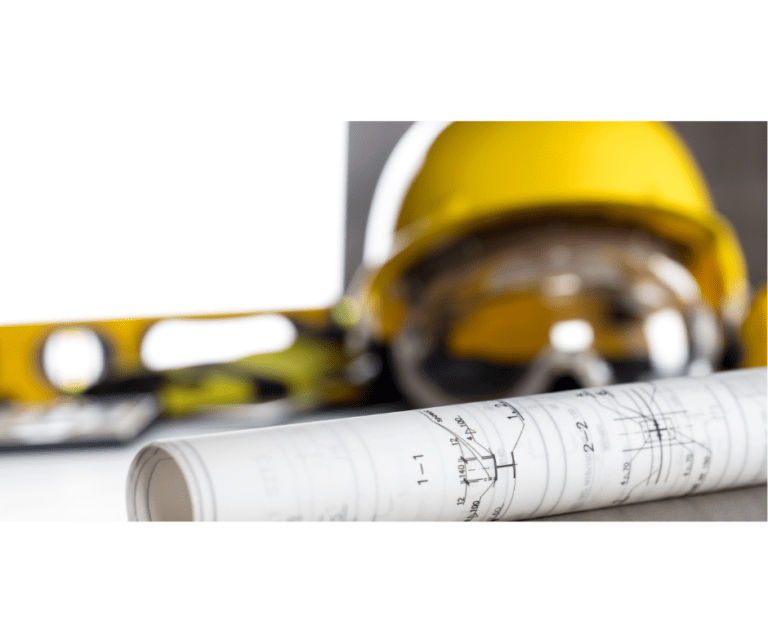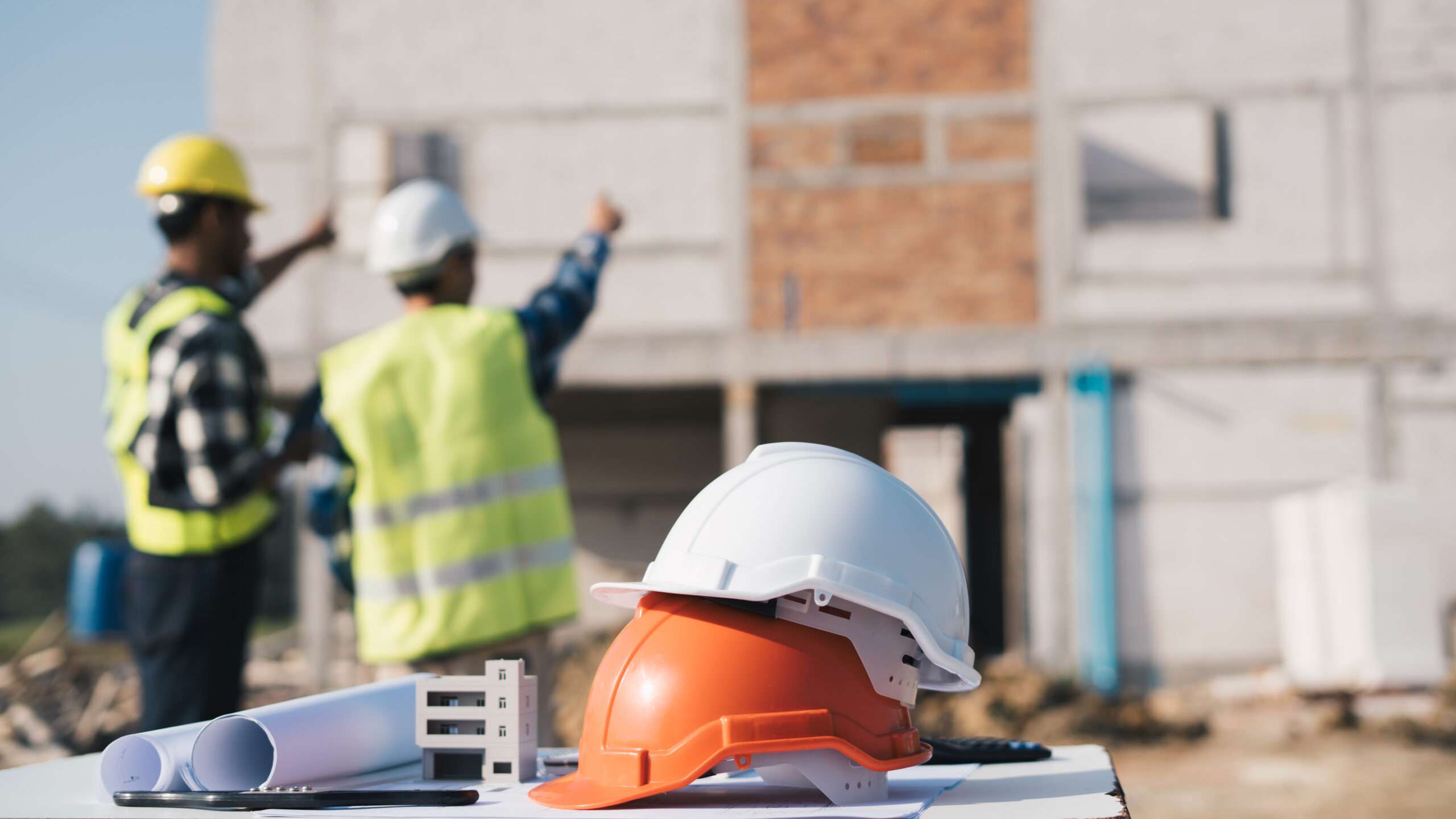
As North Texas grapples with the increasing challenges posed by severe weather events, architects and engineers are actively seeking innovative approaches to design and construct more robust and sustainable infrastructure. Climate change has amplified the frequency and intensity of natural disasters, such as tornadoes, floods, and hailstorms, necessitating a proactive response in the field of construction.
A significant step in addressing this issue occurred during the second installment of the “StoneMatters: Building for the Future in the Face of Severe Weather” series, hosted by the WhatMatters Symposium, which convened a panel of industry experts at Texas CounterFitters in Richardson. The panel emphasized the urgency of adapting building strategies to better withstand severe weather events.
“There [aren’t] natural disasters, there are only natural hazards,” said Petros Sideris, a professor of civil and environmental engineering at Texas A&M. “They become disasters if the infrastructure cannot take the load.”
According to Petros Sideris, a professor of civil and environmental engineering at Texas A&M, it is essential to prepare infrastructure for the impending weather challenges. He noted that there are no “natural disasters,” only “natural hazards” that become disastrous when the infrastructure fails to withstand them. By designing and building with resilience in mind, the potential impact of severe weather events can be mitigated.
Incorporating new technologies and materials plays a significant role in long-term resilience planning. Technologies like 3D printing and the use of more resilient materials, such as hempcrete (concrete made from hemp), which has a lower carbon footprint than traditional concrete, are being explored as viable options for construction.
Sustainability was also a focal point of the discussion. Zaida Basora, an architect and sustainability advocate with AIA Dallas, emphasized the importance of incorporating passive technologies into building design, such as operable windows to manage extreme heat. She highlighted the role of artificial intelligence (AI) in creating more sustainable structures capable of withstanding severe weather conditions.
“We need to think about designing our homes with a lot of passive technologies like operable windows if it’s extremely hot,” said Zaida Basora, an architect and sustainability advocate with AIA Dallas.
Jim Poss, the director of Venture Creation at Colorado State University System, stressed the significance of viewing construction through a long-term lens, particularly when building homes. He suggested factoring in the lifetime cost of insurance when planning construction projects, emphasizing that investing in robust and resilient construction from the beginning proves more cost-effective in the long run.
The ongoing challenge of adapting to severe weather is a paramount concern for architects and engineers, given the continuous impact of climate change at both the local and global levels. The next panel in the StoneMatters series, titled “To Build for the Future with a Focus on Resilience,” is scheduled for November 15, further highlighting the industry’s commitment to addressing these vital issues.


